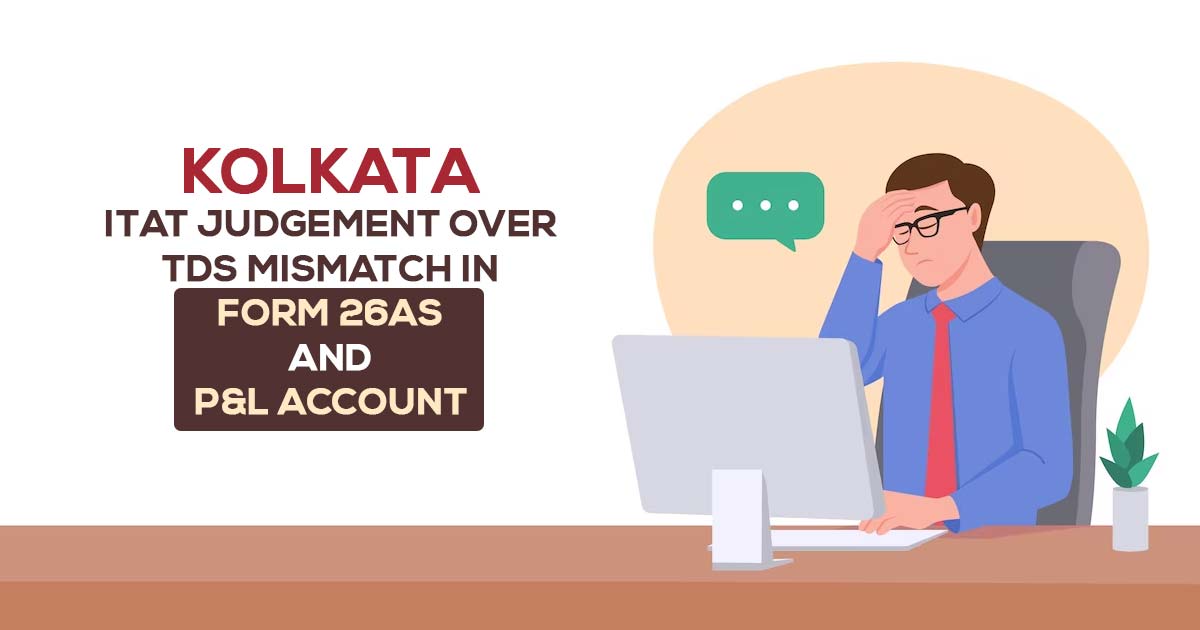
The Kolkata Bench of Income Tax Appellate has released an order for the reassessment regarding a case where there was an error found in Tax Deducted at Source (TDS) reported in Form 26AS and the profit and loss account. This difference occurred because of inadequate required evidence.
Regarding the AY 2015-16, the assessee filed an appeal against the directive given by the Commissioner of Income Tax (Appeals) (CIT), Kolkata.
The assessee is engaged in a transport services business and submitted that the Assessing Officer (AO) noticed an error between the profit & loss account of the business and TDS Form 26AS. The error shows a higher deduction of TDS relating to the income declared in the profit & loss account.
The assessee contended that the additional sum on Form 26AS represented reimbursements for costs paid by Tata House, but the AO was not certain because of the lack of supporting documentation. The addition to the assessee’s income was confirmed by the CIT (A), who upheld the AO’s ruling. Upholding AO’s ruling, the Commissioner of Income Tax Appeals confirmed the addition to the assessee’s income. Further, the appellant presented before the Tribunal with the appeal seeking fair judgment.
The assessee submitted that the other receipts were reimbursements of the expenses received from Tata House amounting to Rs. 4,54,73,775/- for fuel, driver, and parking fees inside the parking complex. The assessee also provided a reconciliation statement to show that, while the assessee received a total of Rs. 6,26,96,580/- from the aforementioned 21 parties, only Rs. 1,58,59,982/- had TDS deducted from it.
Recommended: ITAT Quashes Addition Due to Mistake in Cross-Verifying TDS Details
The addition was confirmed by the lower authorities saying the explanation presented by the assessee was not satisfactory. The assessee failed to explain how the reimbursement was claimed and accounted for, according to the lower authorities. The lower authorities also contended that the assessee’s reported turnover figure showed a significant difference.
The two-member bench, made up of Dr Manish Borad, an accountant, and Sanjay Garg, a Judicial member, returned the matter to the Assessing Officer’s file to review it afresh with the instruction that the Assessing Officer(AO) should give the assessee a fair opportunity to present the adequate documentary evidence to support his arguments. The Assessing Officer should then examine and verify the evidence before passing a speaking order accordingly.
The bench, therefore, considered the appeal of the assessee as approved for statistical purposes.